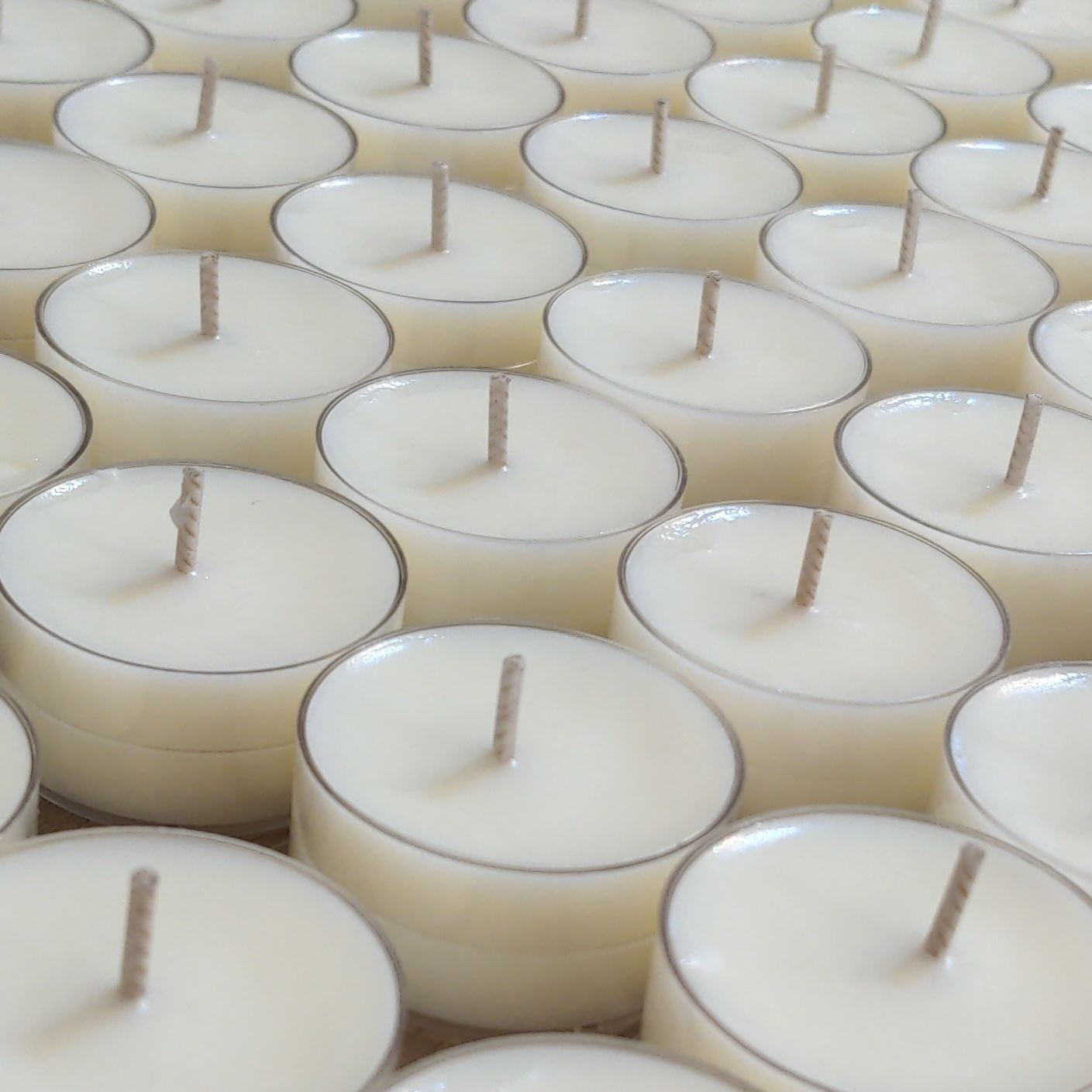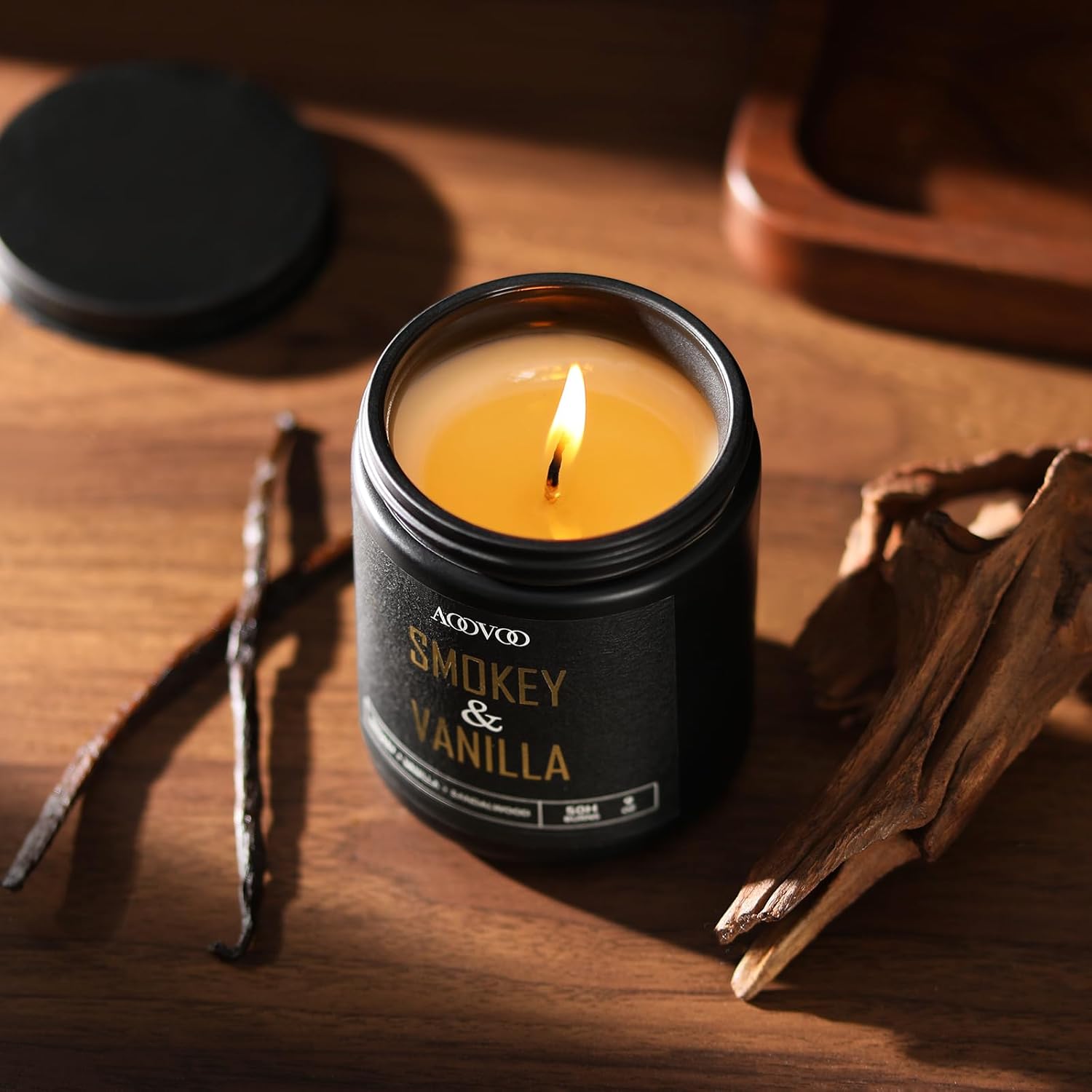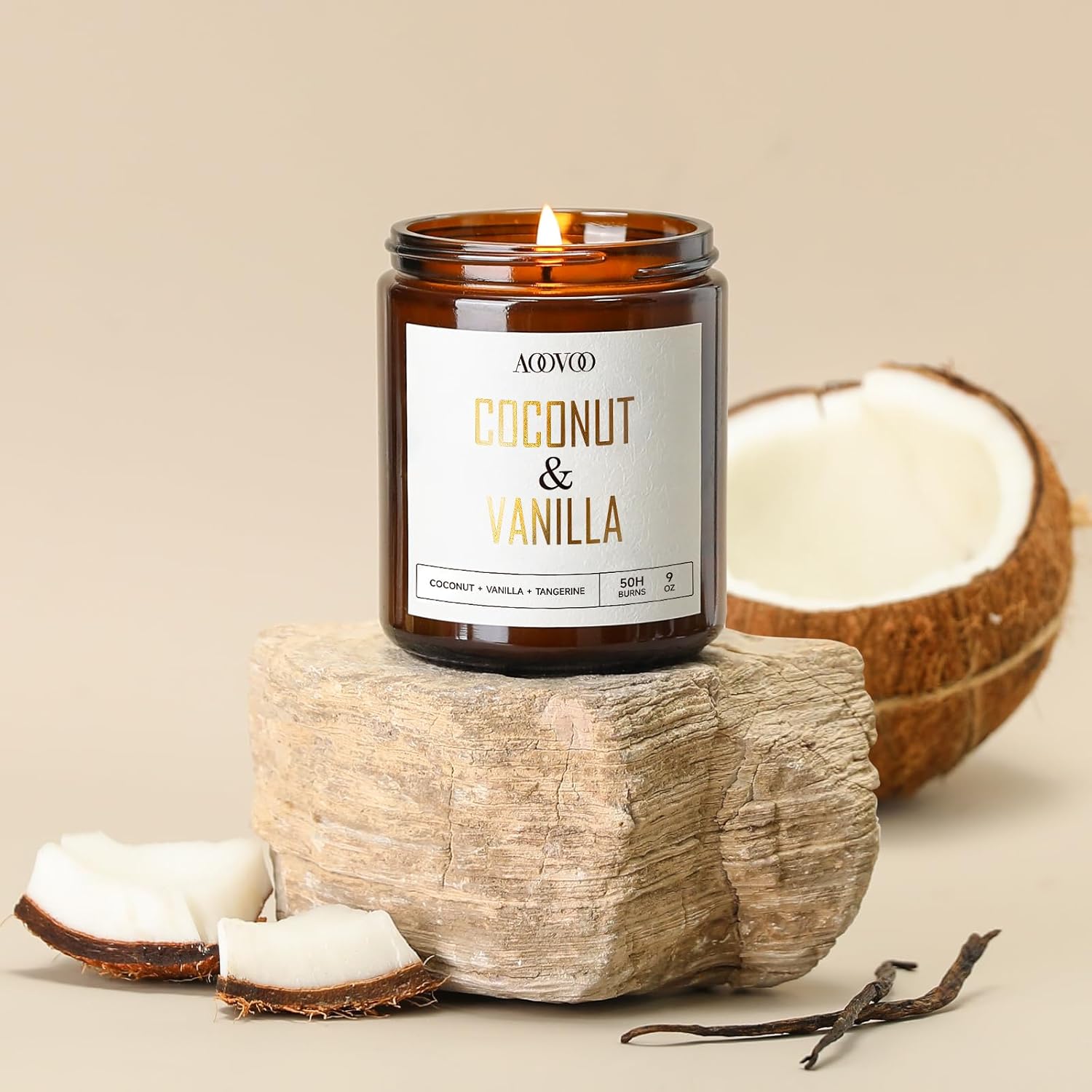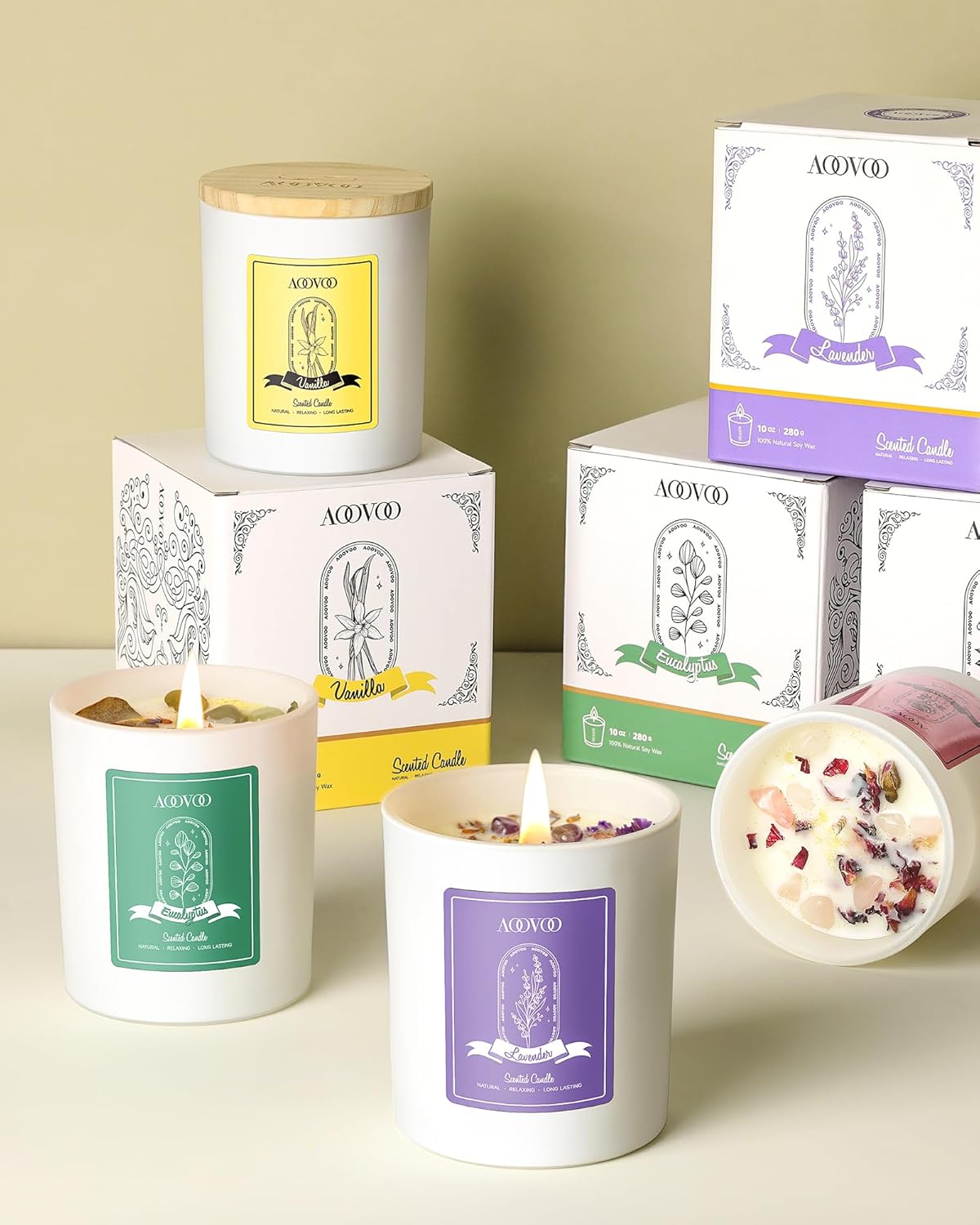Are soy candles better than paraffin?

Are Soy Candles Better Than Paraffin? A Deep Dive into Eco-Friendly Candle Choices
In recent years, scented candles have become more than just a decor item. They're a lifestyle product, used for relaxation, meditation, setting the mood, and even as a therapeutic tool. With this rising popularity comes a pressing question: Are soy candles better than paraffin candles? For customers seeking eco-friendly, non-toxic options, the choice between soy and paraffin is crucial.

This comprehensive guide explores the pros and cons of soy and paraffin candles, examines their impact on health and the environment, and offers clear answers to help you make the best decision for your space and values.
1. What Are Soy Candles?
Soy candles are made from soy wax, which is derived from the oil of soybeans. Soybeans are a renewable crop, primarily grown in the United States. The oil is extracted, hydrogenated, and turned into a soft wax that is suitable for candle making.
Key Features of Soy Wax:
-
Plant-based and renewable
-
Biodegradable
-
Burns at a lower temperature
-
Holds fragrance well
Because soy is natural, it appeals to environmentally conscious consumers looking for clean, sustainable living.
2. What Are Paraffin Candles?
Paraffin candles are made from paraffin wax, a byproduct of petroleum refining. It is one of the most common waxes used in mass-produced candles due to its affordability, versatility, and ease of scent and color absorption.
Key Features of Paraffin Wax:
-
Derived from crude oil
-
Holds scent and color very effectively
-
Has a higher melting point
-
Inexpensive and widely available
Despite these features, paraffin's fossil fuel origins raise concerns among eco-conscious shoppers.
4. Air Quality and Toxins
Soy Wax:
-
Burns cleanly with little soot if the wick is trimmed.
-
Emits fewer toxins and irritants.
-
Often used in non-toxic and all-natural candle line3. Environmental Impact: Soy vs. Paraffin
Soy Wax:
-
Sustainable: Sourced from soybeans, a renewable crop.
-
Biodegradable: Breaks down naturally in the environment.
-
Low Carbon Footprint: Especially if locally sourced.
-
Supports Farmers: Buying soy-based products helps agricultural economies. Paraffin Wax:
-
Non-renewable: Derived from petroleum.
-
Contributes to Pollution: Extraction and refining of crude oil release harmful emissions.
-
Not Biodegradable: Can leave waste residue. Conclusion: If sustainability and environmental care are important to you, soy clearly wins.
s.
-
Paraffin Wax:
-
Can emit carcinogens like benzene and toluene when burned.
-
Produces more soot, which may discolor walls or affect indoor air.
Health Experts' Take: The American Lung Association and other health organizations recommend avoiding indoor products that contribute to poor air quality—paraffin candles fall into this category.
Conclusion: For a cleaner, healthier indoor environment, soy is a safer option.
5. Burn Time and Performance
Soy Candles:
-
Burn 30–50% longer than paraffin.
-
Produce a cooler, slower burn.
-
Require proper maintenance (e.g., trimming the wick).
Paraffin Candles:
-
Burn hotter and faster.
-
May need frequent relighting.
-
Still popular for strong scent throw in a short time.
Conclusion: For longevity and value, soy candles typically outperform.
6. Scent Throw Comparison
Scent Throw refers to how well a candle distributes fragrance in a room.
Soy Candles:
-
Provide a subtler, slower-releasing scent.
-
Work best in small to medium-sized rooms.
-
Great for people sensitive to strong smells.
Paraffin Candles:
-
Offer a powerful, immediate scent throw.
-
Ideal for large or open spaces.
Conclusion: If you want a soft, gradual fragrance experience, go with soy. If strong aroma is your goal, paraffin may deliver more punch—but at a cost to air quality.
7. Price and Availability
Soy Candles:
-
Generally more expensive due to natural ingredients.
-
Widely available in boutique or eco-conscious shops.
-
Handmade and artisan candles often use soy.
Paraffin Candles:
-
Lower cost and mass-produced.
-
Found in big-box stores and supermarkets.
Conclusion: You may pay more for soy, but you're investing in quality and sustainability.
8. Aesthetic and Finish
Soy Wax:
-
Has a creamy, smooth finish.
-
May appear frostier due to natural ingredients.
-
Vegan-friendly and often paired with cotton or wooden wicks.
Paraffin Wax:
-
Has a glossy, polished finish.
-
Accepts bright colors well.
-
Commonly used in decorative and novelty candles.
Conclusion: For a clean, natural look, soy is ideal. Paraffin appeals more to bold, vibrant candle aesthetics.
9. The Verdict: Which Should You Choose?
If your priority is:
-
Eco-friendliness
-
Health and indoor air quality
-
Support for sustainable agriculture
-
Longer burn time
Then soy candles are the better choice.
If you're more focused on:
-
Lower price
-
Strong scent throw
-
Bold colors or decorative shapes
Then paraffin candles may suit your needs, but be aware of the trade-offs.
10. AOOVOO’s Commitment to Clean Candles
At AOOVOO, we believe in the power of clean, meaningful scents. That’s why our candles are made with 100% soy wax, blended with natural essential oils, and embedded with healing crystals to enhance your experience. Every candle is hand-poured in small batches, vegan, and cruelty-free.
Our mission is to combine elegance, sustainability, and spiritual wellness into one beautiful flame.
If you’re seeking candles that are safe, long-lasting, and soul-soothing—soy is the way to glow.
11. FAQs About Soy vs. Paraffin Candles
Q: Are soy candles completely smoke-free?
A: No candle is 100% smoke-free, but soy candles produce minimal soot if burned correctly.
Q: Do soy candles hold scent as well as paraffin?
A: They hold scent well but release it more gently. They’re ideal for subtle, long-term fragrance.
Q: Are paraffin candles really toxic?
A: They may emit harmful compounds, especially in poorly ventilated rooms or when burned for long periods.
Q: Can I make soy candles at home?
A: Yes! Soy wax is beginner-friendly and often used in DIY kits.
Q: Are soy candles better for people with allergies?
A: Yes, especially when paired with essential oils and cotton or wood wicks.



